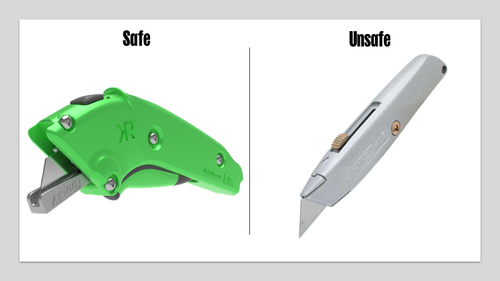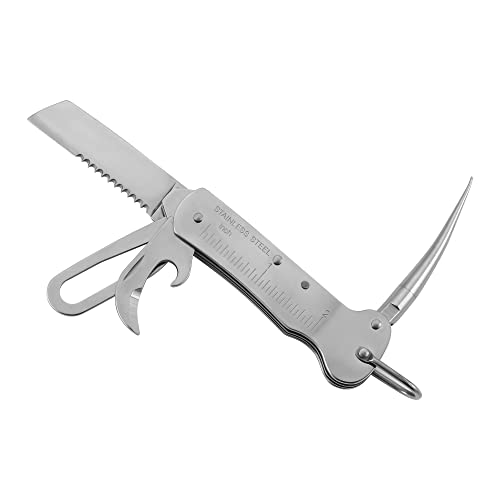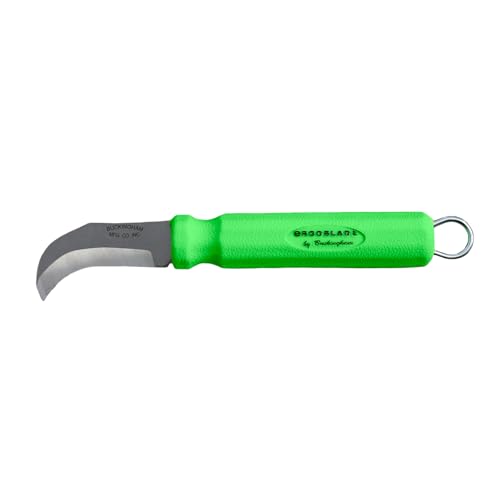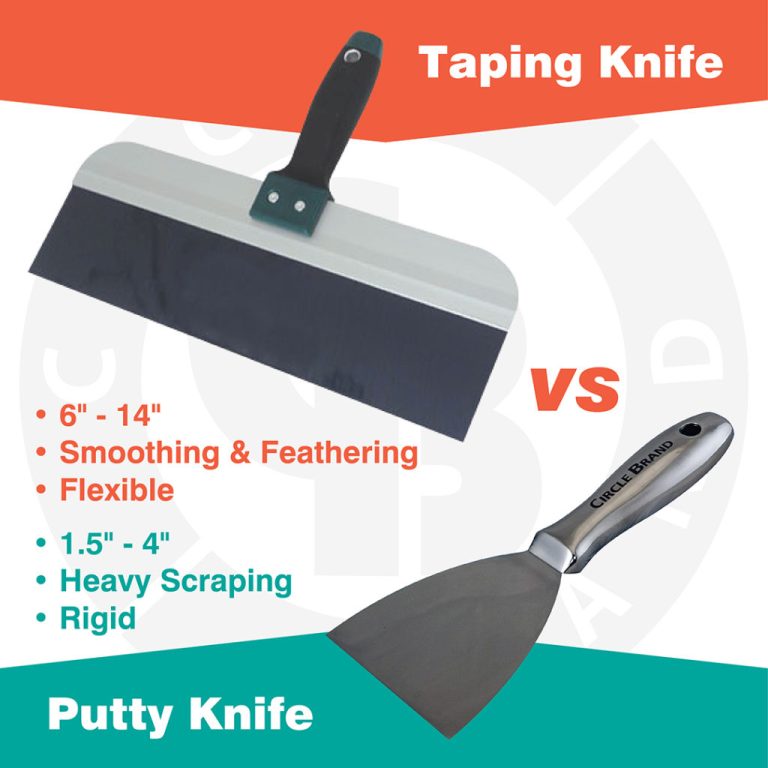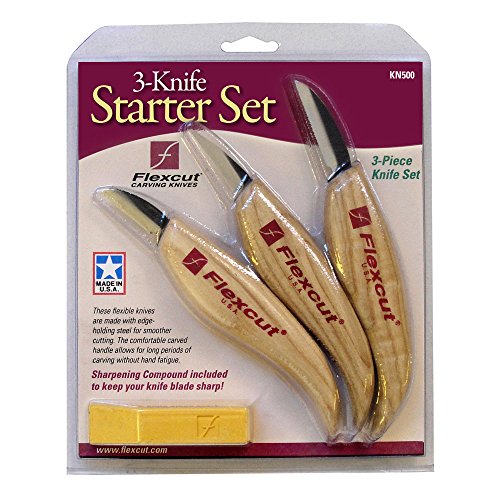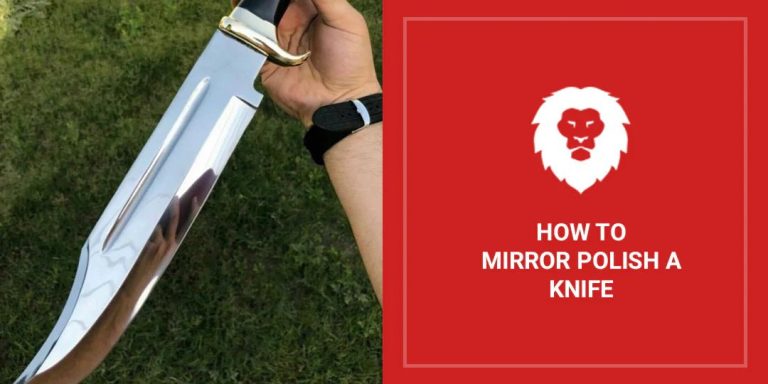Utility Knife Vs Box Cutter: Which Tool Is Best for Your Needs?
Utility knives and box cutters are essential tools for many tasks. They might seem similar but serve different purposes.
Comparing utility knives and box cutters helps you choose the right tool for the job. Utility knives often have a sturdy build and a versatile blade. They are ideal for cutting thick materials like carpet or plastic. Box cutters, on the other hand, are typically lightweight and have a retractable blade.
They excel at opening boxes and slicing through tape. Understanding the differences can save you time and effort, ensuring you use the best tool for your needs. In this post, we’ll delve into the specifics of each tool, helping you make an informed choice.
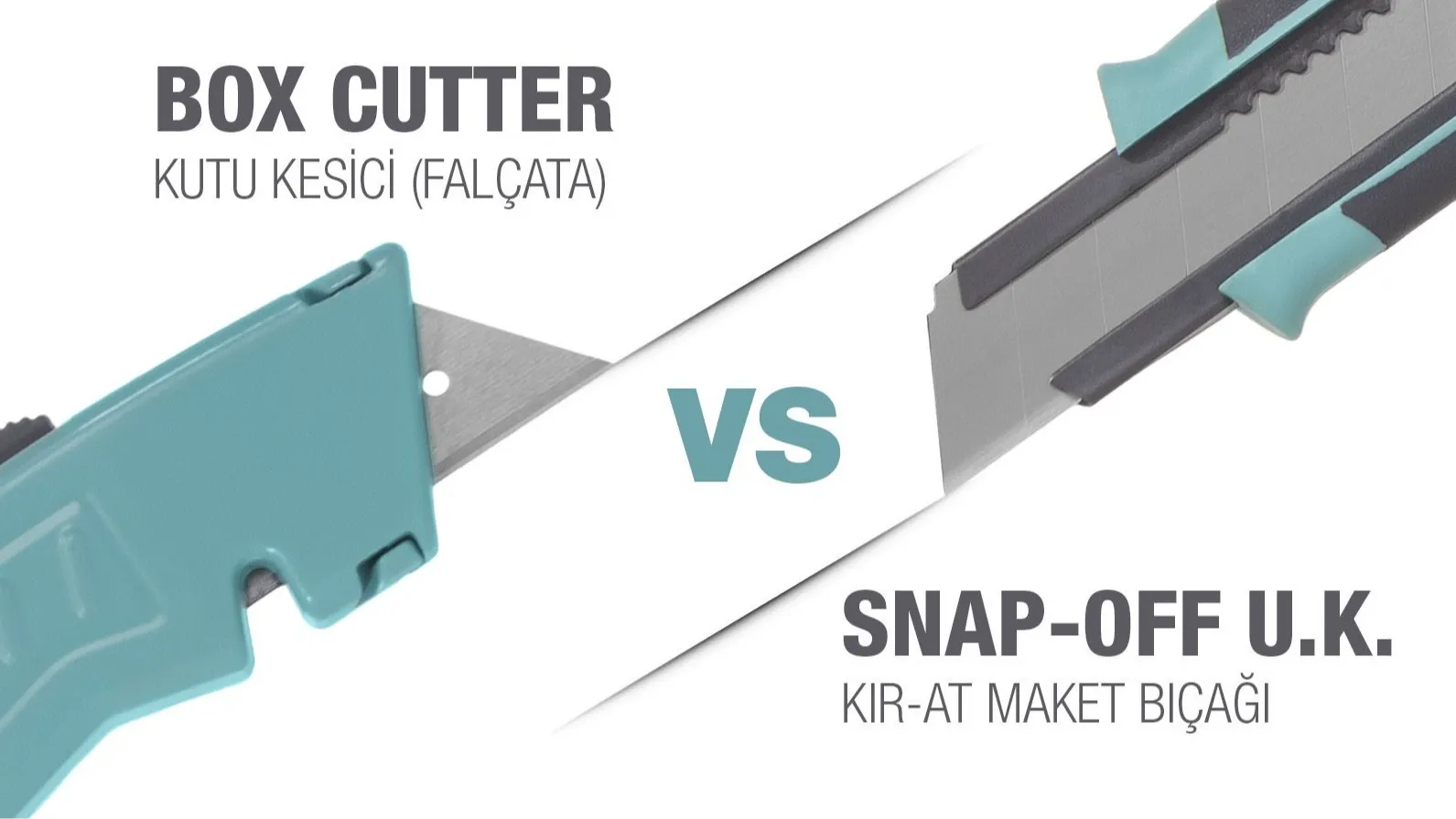
Credit: uttil.com.tr
Utility Knife Overview
A utility knife is a versatile tool found in many homes and workplaces. It is designed for cutting various materials with ease. Its simple design and multiple uses make it a favorite choice.
Key Features
Utility knives come with several key features that set them apart:
- Retractable Blade: The blade can be retracted for safety.
- Interchangeable Blades: Blades can be replaced when dull.
- Ergonomic Handle: Designed for comfort during prolonged use.
- Locking Mechanism: Keeps the blade in place while cutting.
These features make utility knives reliable and safe for everyday use.
Common Uses
Utility knives are used in many situations due to their adaptability:
- Cutting Cardboard: Easily slices through thick cardboard.
- Trimming Carpet: Perfect for cutting carpet to size.
- Opening Packages: Quickly opens sealed packages.
- Craft Projects: Ideal for detailed cutting in craft projects.
- Home Repairs: Handy for various cutting tasks in home repairs.
The utility knife’s design and features make it suitable for these common tasks and many others.
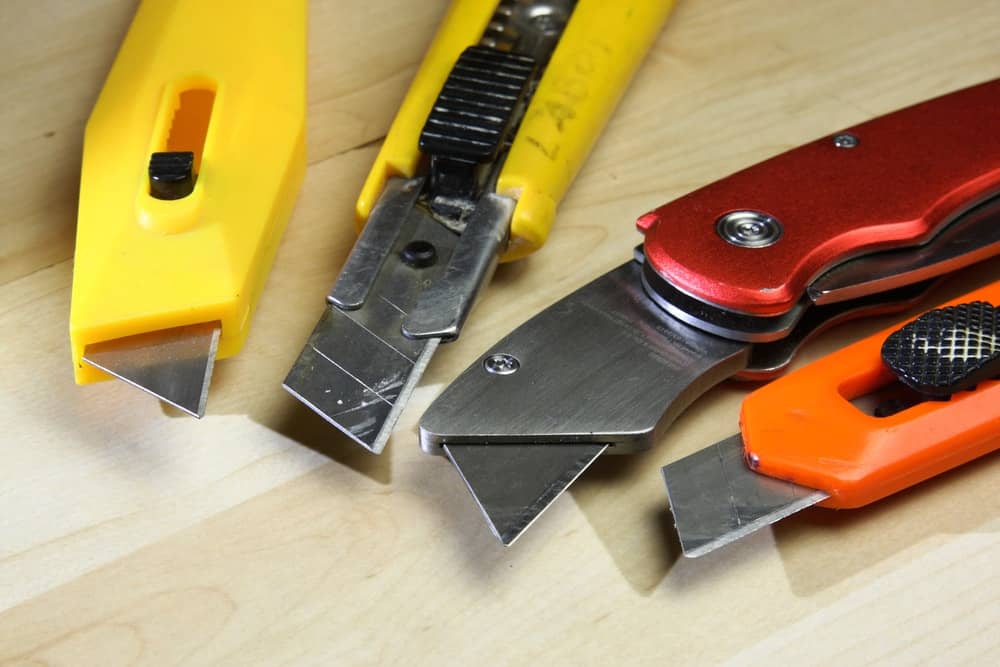
Credit: www.sinotools.com
Box Cutter Overview
Utility knives are versatile tools for various tasks. Box cutters, on the other hand, excel in cutting through packaging materials. Both are essential for different purposes.
A box cutter is a handy tool found in many homes and workplaces. It is designed to cut through various materials, making it an essential item for many tasks. People often use it for cutting cardboard, plastic, and other packaging materials. Its simple design and functionality make it a popular choice for quick cutting jobs.Key Features
Box cutters usually have a retractable blade. This feature ensures safety when not in use. The handle is often made of plastic or metal, providing a firm grip. Some box cutters come with a lock mechanism. This keeps the blade in place during use. The blades are replaceable, extending the tool’s life.Common Uses
Box cutters are excellent for opening packages. They easily slice through tape and cardboard. Many workers use them in warehouses. They cut shrink wrap and packing straps. Artists and crafters find them useful too. They help in cutting paper, foam board, and other materials. Overall, a box cutter is a versatile tool for many cutting needs. “`Material And Build Quality
The material and build quality of utility knives and box cutters play a significant role in their performance. A well-made tool ensures safety, ease of use, and longevity. Let’s dive into the specifics of durability and handle design for both tools.
Durability
Durability is a key factor in choosing between a utility knife and a box cutter. Utility knives are often made with stainless steel or carbon steel blades. These materials provide excellent strength and long-lasting sharpness. Utility knives may also feature a retractable blade mechanism, adding to their durability.
Box cutters, on the other hand, usually have blades made of steel or carbon steel. These blades are thinner and may dull faster compared to utility knives. The handle of box cutters is typically made of plastic or lightweight metal, which can affect their overall durability.
| Utility Knife | Box Cutter |
|---|---|
| Stainless or Carbon Steel Blade | Steel or Carbon Steel Blade |
| Retractable Mechanism | Fixed or Retractable Blade |
| Metal Handle | Plastic or Lightweight Metal Handle |
Handle Design
The handle design of a utility knife is often more ergonomic. It may feature a rubber grip or a textured surface to prevent slipping. This design provides better control and comfort during use.
Box cutters usually have a simpler design. The handles are often straight and made of plastic. This design makes them lightweight but may not offer the same level of comfort as utility knives.
Some modern box cutters now include ergonomic features. These improvements make them more user-friendly and safer to use.
- Utility Knife Handle Features:
- Ergonomic design
- Rubber grip
- Textured surface
- Box Cutter Handle Features:
- Straight design
- Plastic material
- Lightweight
Blade Types And Replacement
Choosing between a utility knife and a box cutter involves understanding their blade types and how easily you can replace them. This ensures you get the most value from your tool. Let’s dive into the specifics.
Blade Varieties
Utility knives often come with a wider range of blade types. These can include:
- Straight-edge blades
- Serrated blades
- Hooked blades
This variety allows utility knives to tackle different tasks efficiently.
On the other hand, box cutters usually have a more limited selection. Most box cutters feature a straight-edge blade designed for cutting cardboard and thin materials.
Ease Of Replacement
Replacing blades in utility knives can vary based on the model. Some utility knives use a quick-change mechanism, making blade replacement fast and tool-free. Others may require a screwdriver.
Box cutters often have a simpler design. Most box cutters allow you to slide the old blade out and insert a new one with minimal effort. This process is usually quicker and easier than with most utility knives.
Here’s a quick comparison:
| Feature | Utility Knife | Box Cutter |
|---|---|---|
| Blade Varieties | Multiple types | Mostly straight-edge |
| Ease of Replacement | Varies by model | Generally easier |
Understanding these differences helps you choose the right tool for your needs. Whether you need versatility or simplicity, knowing how each blade type works and how to replace them is crucial.
Safety Considerations
When comparing a utility knife and a box cutter, safety should be a top priority. Both tools have sharp blades and can cause injuries if not used properly. This section will explore the safety features and proper handling techniques for these cutting tools.
Safety Features
Utility knives often come with retractable blades. This feature allows the blade to be safely stored inside the handle when not in use. Some utility knives also have a locking mechanism. This ensures the blade stays in place during use.
Box cutters usually have fixed blades. Some models feature a blade guard for added protection. This guard covers the blade when not in use. Both tools may come with ergonomic handles. These handles provide a better grip and reduce the risk of slipping.
Proper Handling
Always cut away from your body when using either tool. This reduces the risk of accidental cuts. Use a steady, controlled motion. Avoid using too much force. A sharp blade will cut more effectively with less pressure.
Keep your fingers away from the cutting path. Hold the material you are cutting securely. This will prevent it from slipping. After use, retract the blade or cover it with the guard. Store the tool in a safe place, out of reach of children.

Credit: www.youtube.com
Cost And Value
Understanding the cost and value of utility knives and box cutters can guide your purchase decision. Both tools offer unique benefits, but their prices and long-term values differ.
Price Comparison
Utility knives generally have higher initial costs. The price often reflects better materials and construction. Box cutters, on the other hand, are typically cheaper. They are designed for quick, repetitive tasks. For those on a tight budget, box cutters may seem more appealing.
Long-term Value
Utility knives can be a more valuable long-term investment. They often come with replaceable blades and durable handles. This makes them more cost-effective over time. Box cutters might need frequent replacements, leading to higher cumulative costs. Yet, they offer simplicity and ease of use. For occasional use, a box cutter might suffice. Regular users may find more value in a utility knife. Consider your usage frequency and task type.
Making The Right Choice
Choosing between a utility knife and a box cutter depends on your needs. Both tools have unique features. Understanding these will help you make the best choice.
Assessing Your Needs
First, consider what tasks you will perform. Are you cutting thick materials? Or just opening boxes? Knowing your needs will guide you.
Utility knives are versatile. They can handle a range of materials. This includes carpet, rope, and plastic. Box cutters are simpler. They are designed for cutting cardboard and thin materials.
Recommendations For Different Tasks
Here are some recommendations based on common tasks:
| Task | Recommended Tool |
|---|---|
| Opening cardboard boxes | Box Cutter |
| Cutting carpet or linoleum | Utility Knife |
| Trimming plastic or vinyl | Utility Knife |
| Simple packaging tasks | Box Cutter |
Consider your specific needs. This will help you choose the right tool. Utility knives are good for heavy-duty tasks. Box cutters are best for light-duty tasks.
Frequently Asked Questions
What Is The Main Difference Between A Utility Knife And A Box Cutter?
A utility knife is versatile with a retractable blade, while a box cutter is primarily for cutting boxes and packaging.
Which Tool Is Safer To Use?
Both tools can be safe if used correctly. Utility knives often have safety features like retractable blades, while box cutters are simpler.
Can I Use A Utility Knife For Crafting?
Yes, a utility knife is ideal for crafting. It is versatile and can handle various materials such as paper, cardboard, and fabric.
Are Replacement Blades Available For Both Tools?
Yes, replacement blades are available for both utility knives and box cutters. They are easy to find and replace.
Conclusion
Choosing between a utility knife and a box cutter depends on your needs. Utility knives offer versatility for various tasks. Box cutters excel in quick, straightforward cuts. Both tools have their strengths. Consider your usage and safety. Both are valuable in a toolkit.
Make an informed decision for your projects. Happy cutting!

